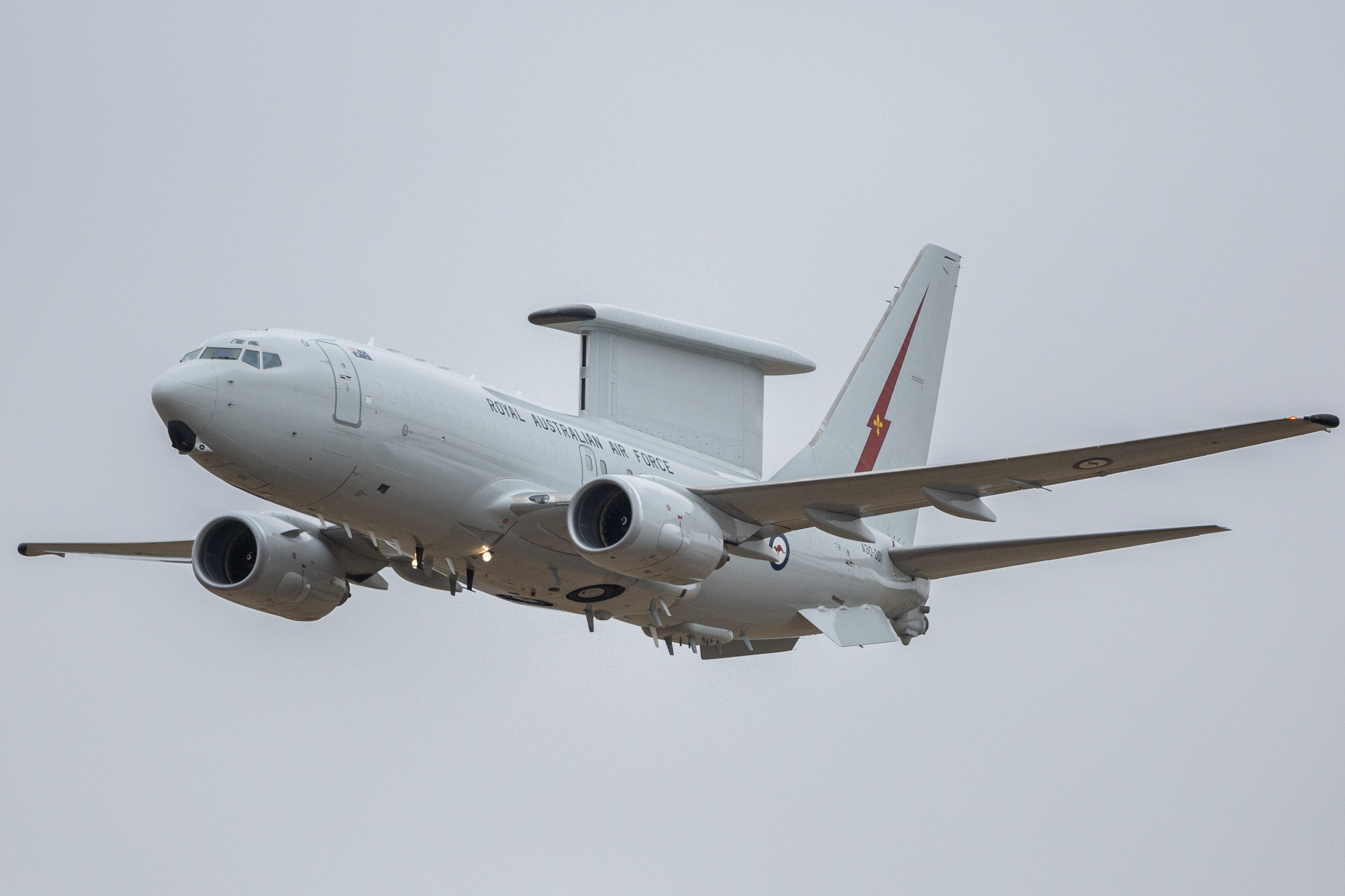Boeing has recently struck a deal to supply the U.S. Air Force with two E-7 Wedgetail surveillance jets, with plans to expand the fleet to 26 cutting-edge aircraft by 2032.
Announcing the agreement at the Royal International Air Tattoo air show in England, Air Force Secretary Frank Kendall stated that while the deal with Boeing had been made, the contract details were still being finalized.
The initial agreement covers the production of two customized Wedgetail aircraft, expected to be operational by 2027, with the Air Force looking to acquire an additional 24 planes by 2032.
The E-7 Wedgetail, hailed by Boeing as a crucial tactical asset, is already in service with air forces in Australia, South Korea, Turkey, and the U.K.
Having been chosen by NATO to replace its aging Boeing E-3 fleet, the Wedgetail marks one of NATO’s most significant equipment upgrades to date.

Based on the 737-700 passenger jet platform, the Wedgetail serves as an airborne early warning and control system, specializing in surveillance, target tracking, and advanced battle management capabilities for future threats.
Boeing’s specifications indicate a maximum altitude of just under 12,500 meters, an unrefueled range of 3,500 nautical miles, and an ‘Identification Friend or Foe’ range of 300 miles, facilitated by a 360-degree MESA radar system by Northrop Grumman.
Unlike its predecessor, the E-3 Sentry, the Wedgetail’s MESA radar system offers enhanced target tracking and rapid relooks capabilities, enabling swifter and more informed decision-making, according to Boeing’s Carson Elmore, a senior business development representative.
“With the Boeing AEW&C, you can see farther, communicate more effectively, and make faster and more informed decisions to achieve your mission objectives,” reads Boeing’s website.

Despite its impressive capabilities, finalizing the deal for the Wedgetail with the U.S. Air Force proved challenging.
The Air Force had announced plans to replace its aging fleet of E-3 Sentry systems, which have been in service for almost five decades, utilizing Boeing 707 airliner technology that ceased production in 1991.

Back in February 2023, Boeing was initially awarded a $1.2 billion contract for the Wedgetail project, but negotiations stalled as both parties worked on finalizing the financial aspects of the agreement.
In February, Kendall reported difficulties in agreeing on pricing, leading to the involvement of Shay Assad, a former Pentagon official renowned for his skill in tough negotiations regarding defense contracts.
